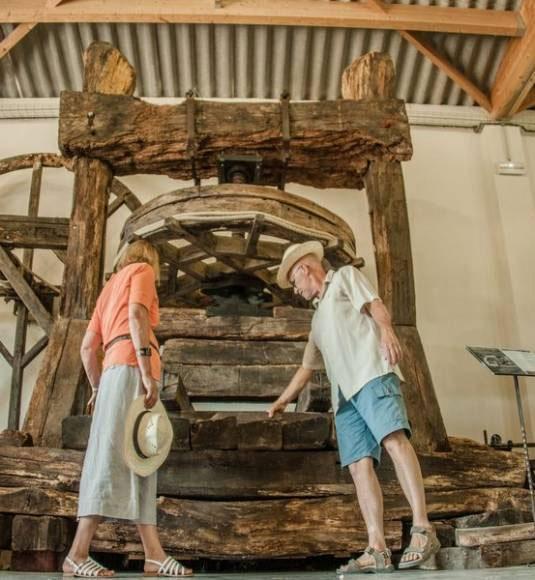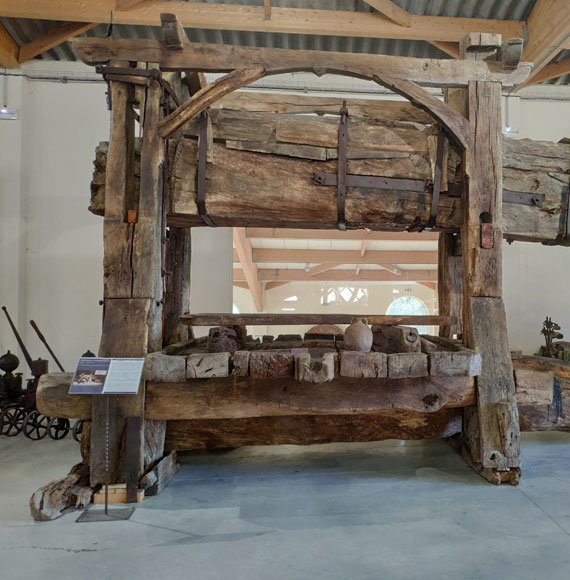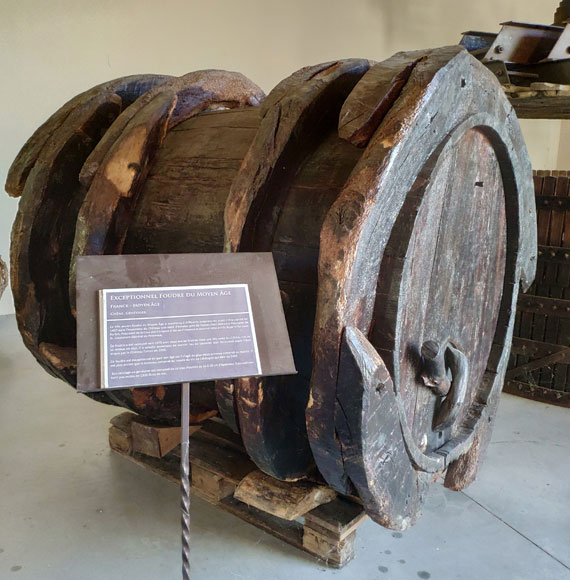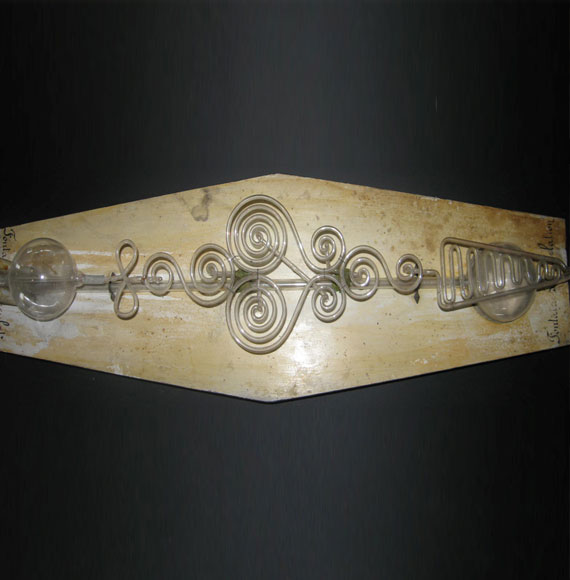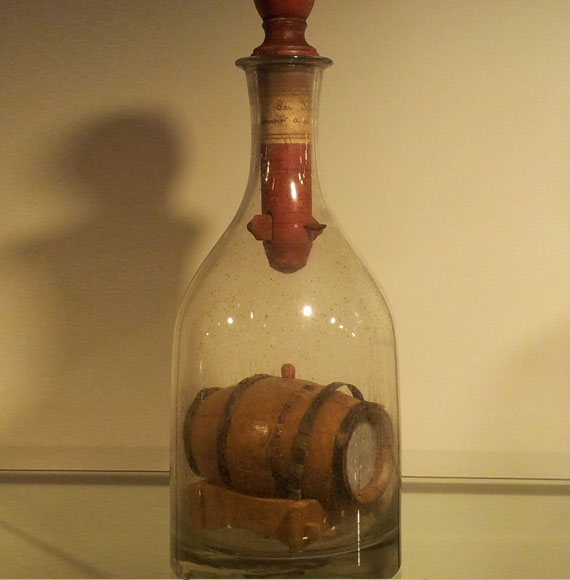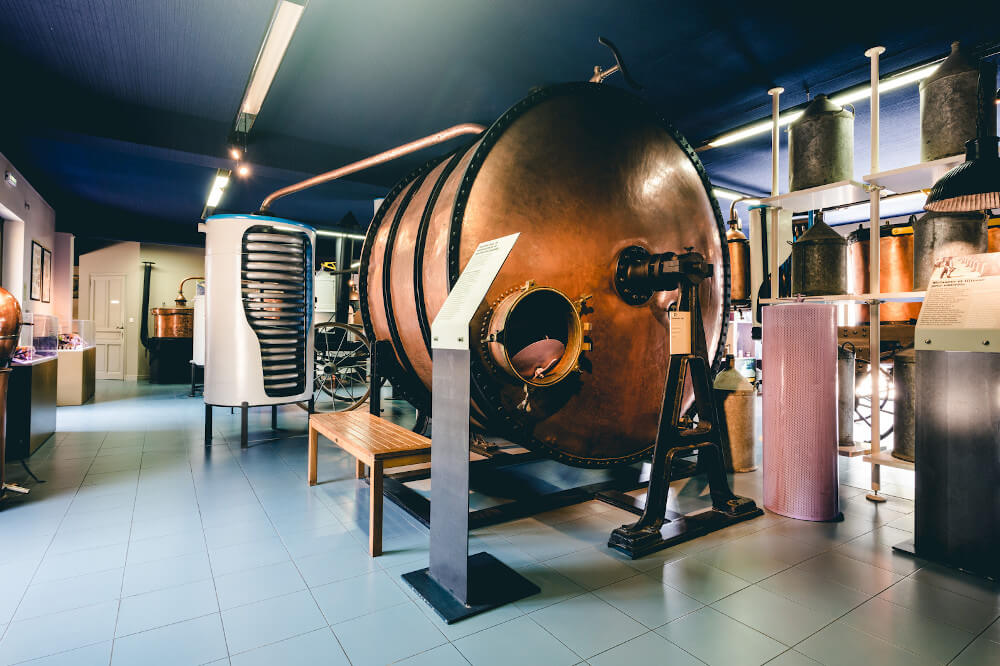
1,2,3… Museums! The arts of producing wine and olives
Episode 1
Today, we are pushing open the door of amazing museums full of curiosities. As you go on your tours, we invite you to discover the secrets of unusual objects. As if you’re on a treasure hunt, let the atmosphere of the places invade you and find 3 works cherished by their owners (who we thank for being part of the fun). It’s now over to you, to find the oldest object, the most unlikely, and to choose your favourite.
THE CORKSCREW BECOMES A WORK OF ART AT THE DOMAINE LA CITADELLE, YVES’ PLACE
In Ménerbes, the Citadelle is a place that really is not like the others: it is a wine estate, botanical garden and corkscrew museum, the 3 passions of Yves Rousset-Rouard.
Watch your eyes! This museum is home to more than 1200 pieces from all over the world, all from Yves’ private collection (not the corkscrew we all have buried in a drawer that makes bottles pop, but that you always have to hunt for when you need to open the bottle…).
They are true works of art, some of which make you wonder what on earth the designer was thinking of. 3 works dear to Yves and the museum team are caught up in this whirl.

Did you know?
A corkscrew collector is a helixophile or pomelkophile in French (to keep tucked away in your mind for when you need to impress someone or your next game of scrabble 😉)
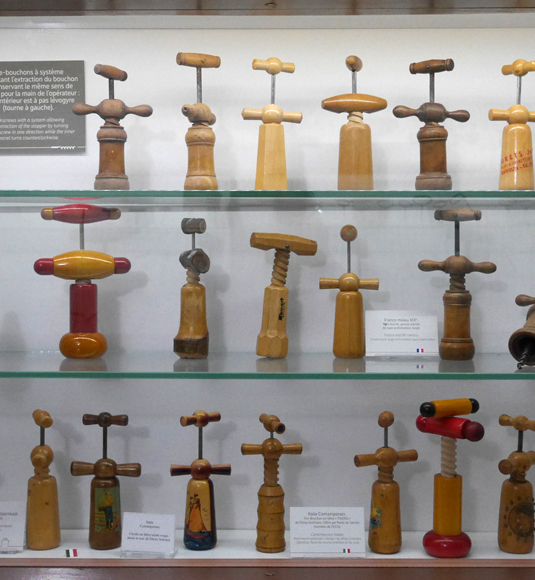
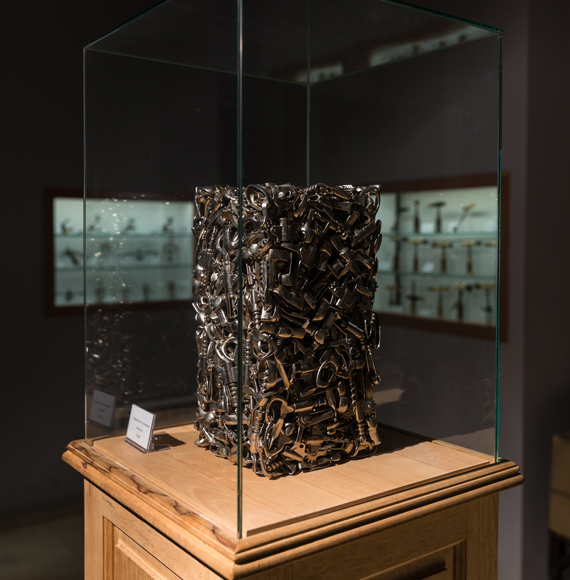
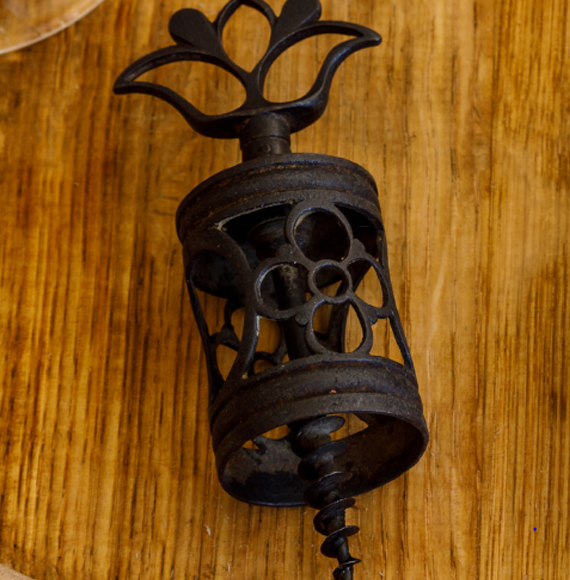
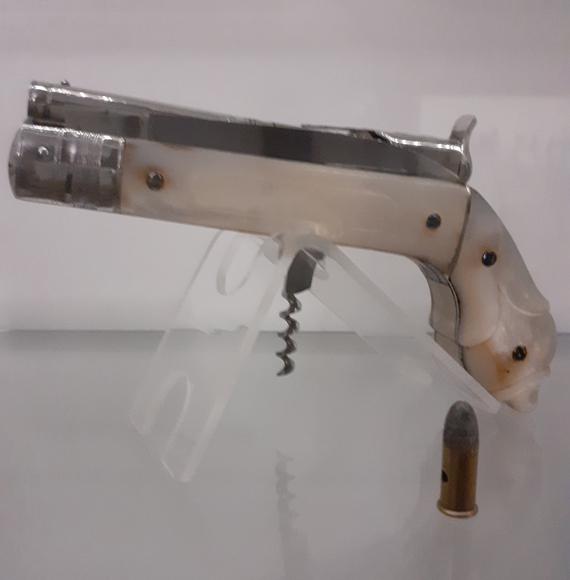
IN OLIVE COUNTRY, AT THE DOMAINE DE LA ROYÈRE
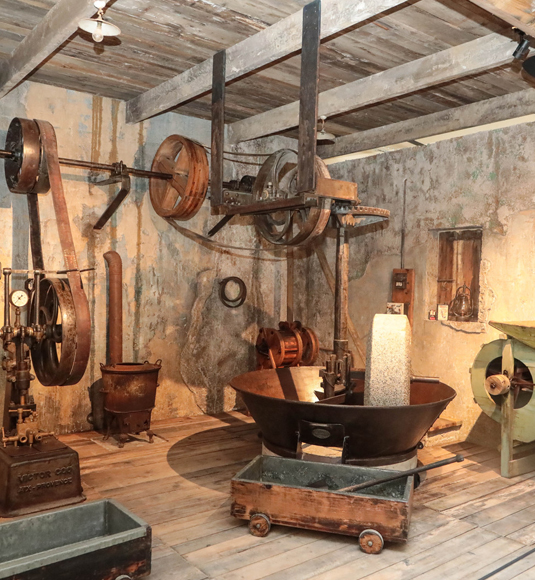
The Royère, which has been the kingdom of the Hugues family for several generations, has a tasty trio: it is an organic wine estate, an olive-growing estate (they even make an olive eau-de-vie!) and olive oil museum.
The museum traces the olive through history, from Antiquity to our days, through a nice circuit where objects mix with multimedia, in a hushed atmosphere, which invites you to take your time. Jean-Pierre Hugues founded the museum, which also looks back over the family history, which has been written between vines and olive trees.
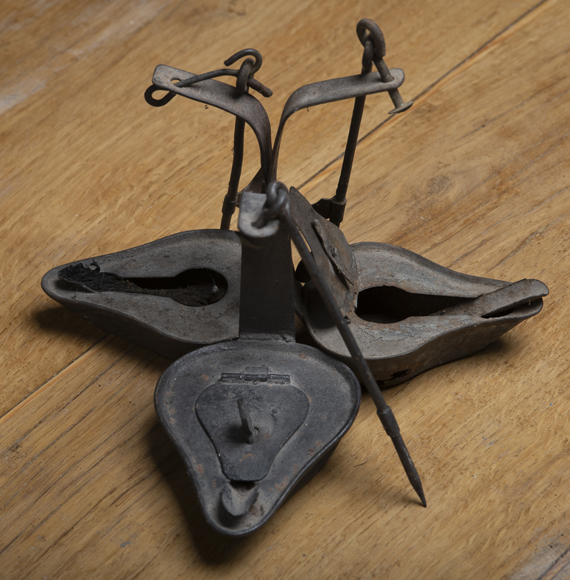
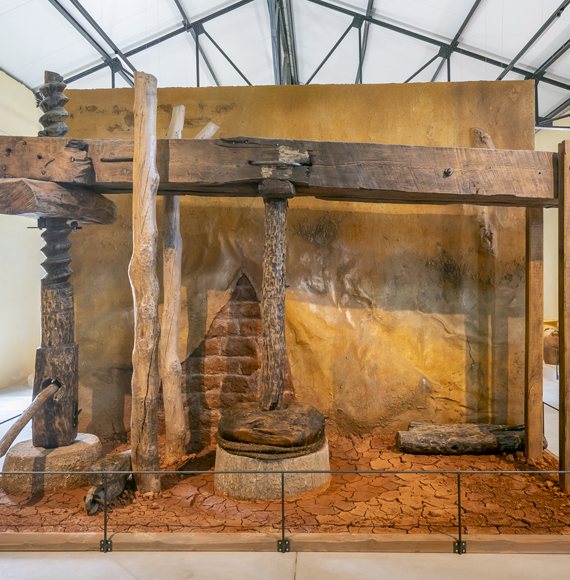
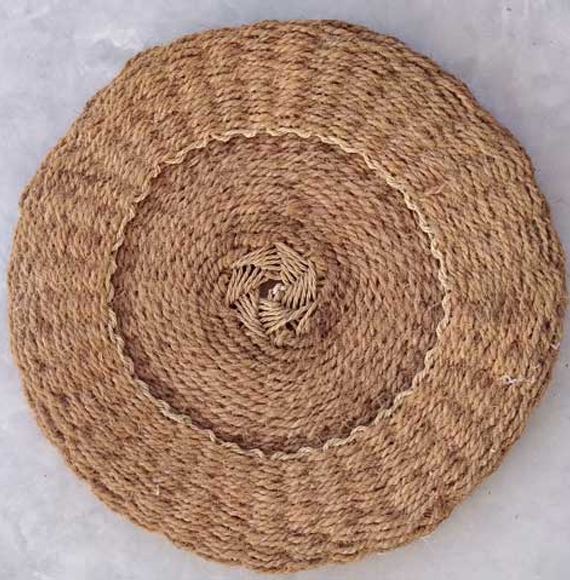
AT CHÂTEAU TURCAN, THE WINE PROFESSIONS AND ARTS OF YVES-DOMINIQUE
At the heart of the Luberon, at the edge of Ansouis, classed as one of the Most Beautiful Villages of France, a unique collection in Europe is waiting to be discovered at Château Turcan, which has been owned by the Laugier family for 7 generations.
Here, in 2 places and over several levels, more than 3000 pieces have been exhibited since 1981 over more than 1300 m², in various dedicated spaces:
• The Press square, in a dedicated hall over 400 m² specially built to accommodate them
• From the vine to wine
• Laboratory instruments
• The cooperage
• The bottles and containers
• The art glassworks
• The Works of Art Gallery
